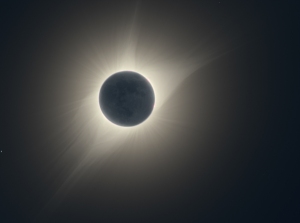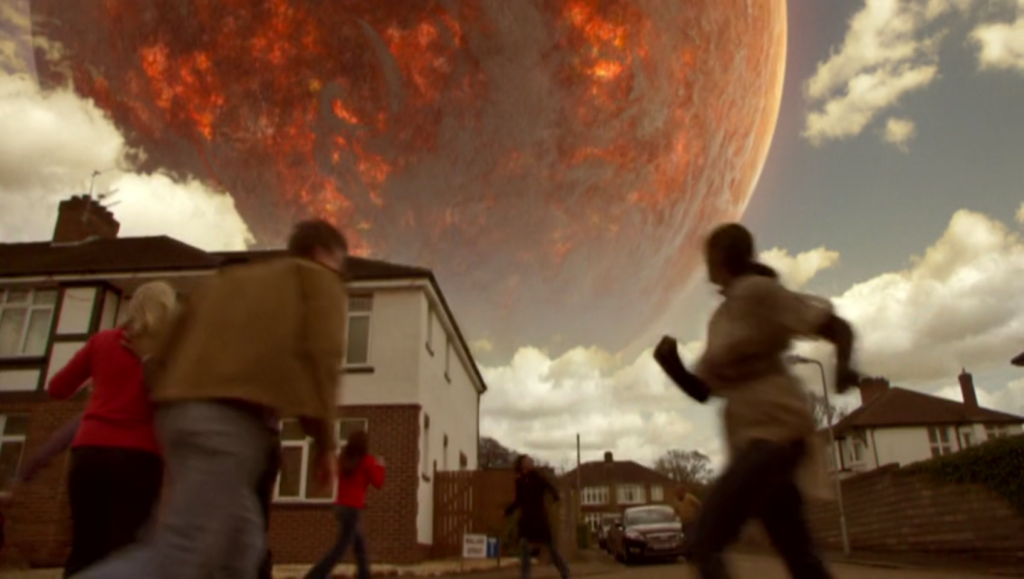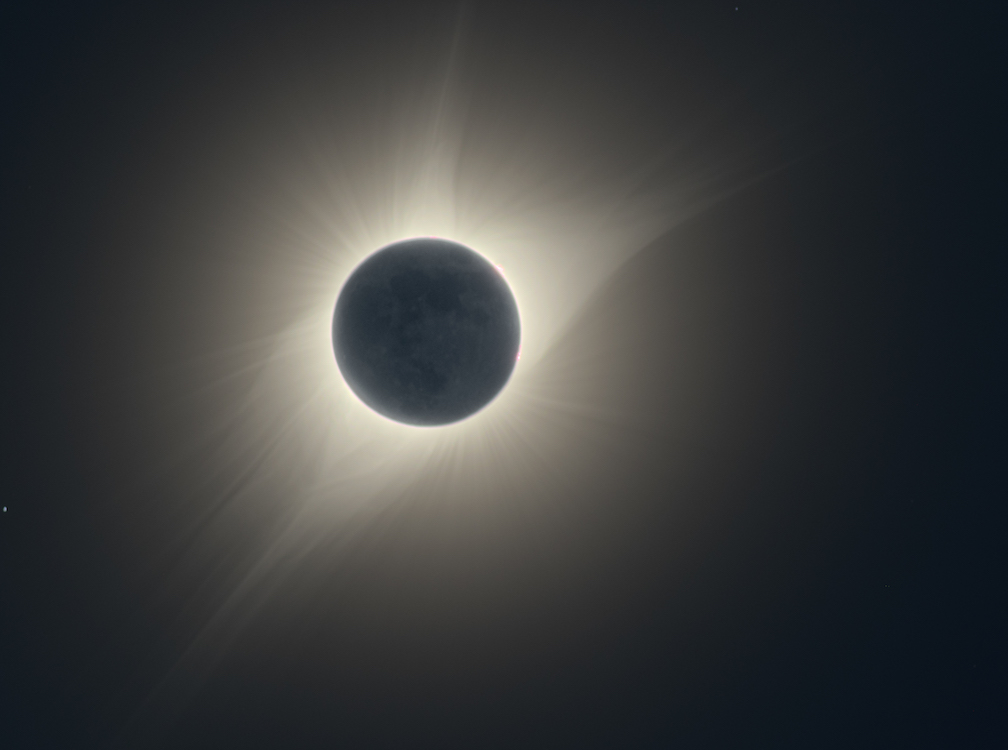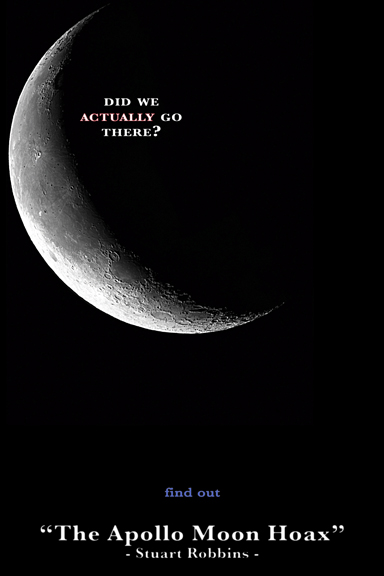NO

Mirror Universe Spock. ©CBS/Paramount
The Question
But, you wouldn’t know it if you’ve been reading tabloids over the last few days. Even a site with a name like “New Scientist” is peddling this story, and they actually seem to be the originators of it. But I’m getting ahead of myself.
I was contacted – as one is wont to do – by Cristina Fernandez, one of the hosts of the award-winning podcast, “The Reality Check” (Cheque?), and she wanted to know if I would come on the show to talk about it (spoilers: Yes). So I looked into the claim. She provided me a link to a NY Post article claiming, “NASA Scientists Detect Evidence of Parallel Universe Where Time Runs Backward.”
The Search
I was intrigued, but my Skeptisense was tingling. If for no other reason than I hadn’t heard of it. The article was from May 19 and she contacted me May 20. I consume a lot of media, and I have my fingers in astronomy news sources and I hadn’t heard anything about this, which would be odd for such a claim if it were real.
I went to the article and I only searched for one thing: A more original source. They linked to the Daily Star as their source, which sounds like a tabloid and further raised the hairs on the back of my neck (which are long right now because of isolation and I can’t go get a haircut). So, I went to that article, which is titled, “NASA Scientists Detect Parallel Universe ‘Next to Ours’ Where Time Runs Backwards.” As of the time of this writing, it has over 1.2 million shares. It’s from May 17, 2020.
I have a pretty sophisticated firewall program on my computer where I can block things on a per-application, per-domain, per-subdomain, per-port level. It alerts me whenever an application is trying to contact something that I have not previously allowed. When going to the Daily Star, it tried to draw content from The Daily Mail, a well known British tabloid that’s at the level of Weekly World News, “Mom Gives Birth to Alien Baby But Dad is Light-Years Away” kinda stuff. That raised the Skeptisense further.
Looking through that article is difficult because every-other-paragraph is interrupted by links to get you to click on other websites. I was again only looking for an original source. It linked me to the New Scientist, an article entitled, “We May Have Spotted a Parallel Universe Going Backwards in Time.” That article is from April 8, 2020. Odd that there would be 6 weeks between the two.
And that’s actually where the trail ended, so far as news articles go for me. The problem is that everyone reporting on this story in the last few days is linking to New Scientist. The problem with that is New Scientist is behind a paywall, and no details are described in the public version. No peer-reviewed paper, not even the original scientist’s name.
So, I went back to Daily Star. There, and in the NY Post article, they quote Peter Gorham, an experimental particle physicist at U. Hawai’i, as saying, “‘Not everyone was comfortable with the hypothesis,’ he told New Scientist.”
Knowing how much the news likes to quote-mine, I didn’t take that as gospel for him responding to this latest idea, but it sounded like it’s his data that people are using for this. A search on Google for his name, “tau neutrino,” and other key words yielded mostly things from the last few days and from 2018.
My next step was to look at one of the main resources astronomers use for finding papers: ADS. ADS is the Astrophysics Data System, and it is an advanced search engine for searching relevant journal articles and it even searches through non-peer-reviewed stuff (more on that in a moment), including things like conference abstracts. Searching for the guy yields nothing relevant in the last two years, which raised my Skeptisense further.
It appears as though the relevant peer-reviewed paper is from Physical Review Letters (a good journal in the field), “Observation of an Unusual Upward-Going Cosmic-Ray-like Event in the Third Flight of ANITA.” That seems to be the paper that had the observation that everyone is talking about.
Basically, what they found is a tau neutrino (one of three types of neutrinos, where a neutrino is a fundamental particle with very tiny mass that rarely interacts with anything — there are gagillions streaming through your body now with no effect). They could determine the direction of the tau neutrino, and it was coming up through the Earth, as opposed to down from space.
That’s weird. It’s weird because tau neutrinos are the heaviest. Those that we observe on Earth are usually formed by decay of heavier subatomic particles as they travel through Earth’s atmosphere, but they are blocked by Earth’s surface. So how the tau neutrino could be detected coming up from Earth seemed a mystery. (I’m not describing this very thoroughly for two reasons – first, I am not good at particle physics and so I’m just trying to give the briefest of overview, and second, it’s not hugely important for this story.) The important part is that this is a case where the experts in the field say this is odd and very hard to explain, and that’s good enough for me. The other important part is that, apparently, someone, somewhere, has explained this as the tau neutrino leaking from a parallel universe where time runs backwards.
Moving forward, the mystery is, why is this coming up now? Did the author to whom this is attributed recently have a new paper out that explained the result in this weird way?
No. Looking again through numerous articles in the popular press, all cited “a Cornell University paper describing the odd phenomenon.” That’s a giant red flag to me that whomever wrote the original copy does not know what they are doing. It’s a common statement by non-science writers who are trying to write science: Cornell University runs the very popular site for astronomers and physicists called arXiv.org, where the “X” is the Greek letter “chi,” so it’s pronounced “archive dot org.” Clever, no? They just proctor the site, they don’t “publish” anything and it’s not their paper.
So what I did was two things next, for I interpreted this to mean that there is some new non-peer-reviewed paper out (because people typically post to arXiv before peer-review) that made this claim based on the two-year-old result.
First, I went back to ADS and its link to the original Gorham et al. paper. ADS provides a link to see every paper that cites it, including those from arXiv. But, that also showed nothing obvious. So maybe it hadn’t been indexed. I headed over to arXiv and searched for anything by Gorham in the last year (though especially last month) and again found nothing. Unfortunately, without any of these other articles citing any author other than Gorham, I can’t find whatever might have triggered the latest set of news stories.
The Conclusion
So, where are we? We have a spate of recent articles in the last few days saying this is A Thing. We have the original source news story behind a paywall, linking to further stories behind its paywall including the one where they say that all other explanations have been ruled out.
We have an original paper that showed an interesting result, but nothing new that references that result in the peer-review literature or even in the non-peer-reviewed science literature.
We also have numerous papers that provide possible explanations for the observation, including slight modifications to the Standard Model of physics, an interpretation that this could indicate dark matter, a search to try to duplicate the observations using another experiment, or even mundane explanations like layers of ice in Antarctica (where the experiment is done) can be weird reflectors and have thrown off the directionality conclusion.
What we don’t have is proof that NASA discovered a parallel universe where time runs backwards.
Post Script
After I did all the above research, CNET came out with their own take: “No, NASA Didn’t Find Evidence of a Parallel Universe Where Time Runs Backward.” The author, Jackson Ryan, has the same take I do, though he doesn’t go through the same deep dive I did of trying to track it down. It’s still worth reading as another follow-up, and he interviews some of the people who can put it in better perspective. He also, twice, chides New Scientist about putting this behind a paywall and credits that for part of the issue surrounding this.









